What are some interesting facts about science?
Table of Contents
Science is everywhere and it’s fascinating! Introducing kids to science facts can be a fun and exciting way to ignite their curiosity about the world around them. Science facts for kids can range from the simplest of things like why the sky is blue to the more complex topics like how the human brain functions. Whatever the topic, science facts can be a great way to engage kids and help them understand the world around them. These facts can also inspire them to explore science further and can even lead to a lifelong passion for learning.
In this post, we’ve compiled 70 mind-blowing science facts for kids that are sure to leave them stunned and wanting to learn more. So, let’s get started and dive into the amazing world of science!
What are 10 interesting Space Science Facts?
The vastness of space has always been a source of wonder and fascination for both adults and kids alike. The universe is so vast that we have only explored a tiny fraction of it.
Our universe is home to over 100 billion galaxies and each galaxy has billions of stars!
The Moon is about a quarter of the size of Earth.
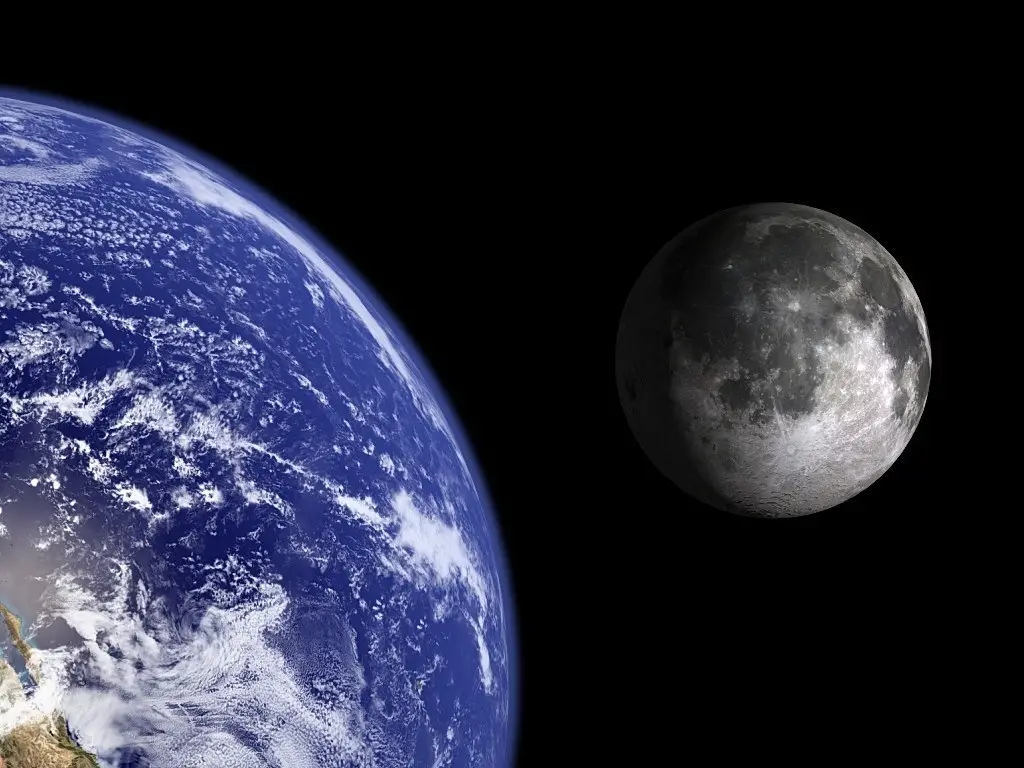
There are more than 8,000 known asteroids in our Solar System.
Saturn’s rings are made up of chunks of ice and dust, and they stretch out to thousands of kilometers wide!
We’ve already launched 70 missions to space and sent over 1,000 people into orbit!
Our Solar System is home to 8 planets that orbit the Sun!
There are more stars in the sky than grains of sand on Earth!
The Moon orbits the Earth about once every 27 days.
The International Space Station circles the Earth 16 times a day!
A day on Venus is longer than a year on Venus!
Exploring space is a never-ending journey that always leaves us with more questions than answers. But through space exploration, we have learned so much about our planet, our Solar System, and the vast universe beyond.
What are 10 interesting Earth Science Facts?
Earth is a truly remarkable planet and there are plenty more fun facts to learn about it! Get exploring and discover all the amazing secrets our home planet has to offer.
Earth is the only planet known to have liquid water on its surface.
Our planet’s atmosphere consists mostly of nitrogen and oxygen.
The Earth’s crust is made up of 7 layers that are composed of different kinds of rocks.
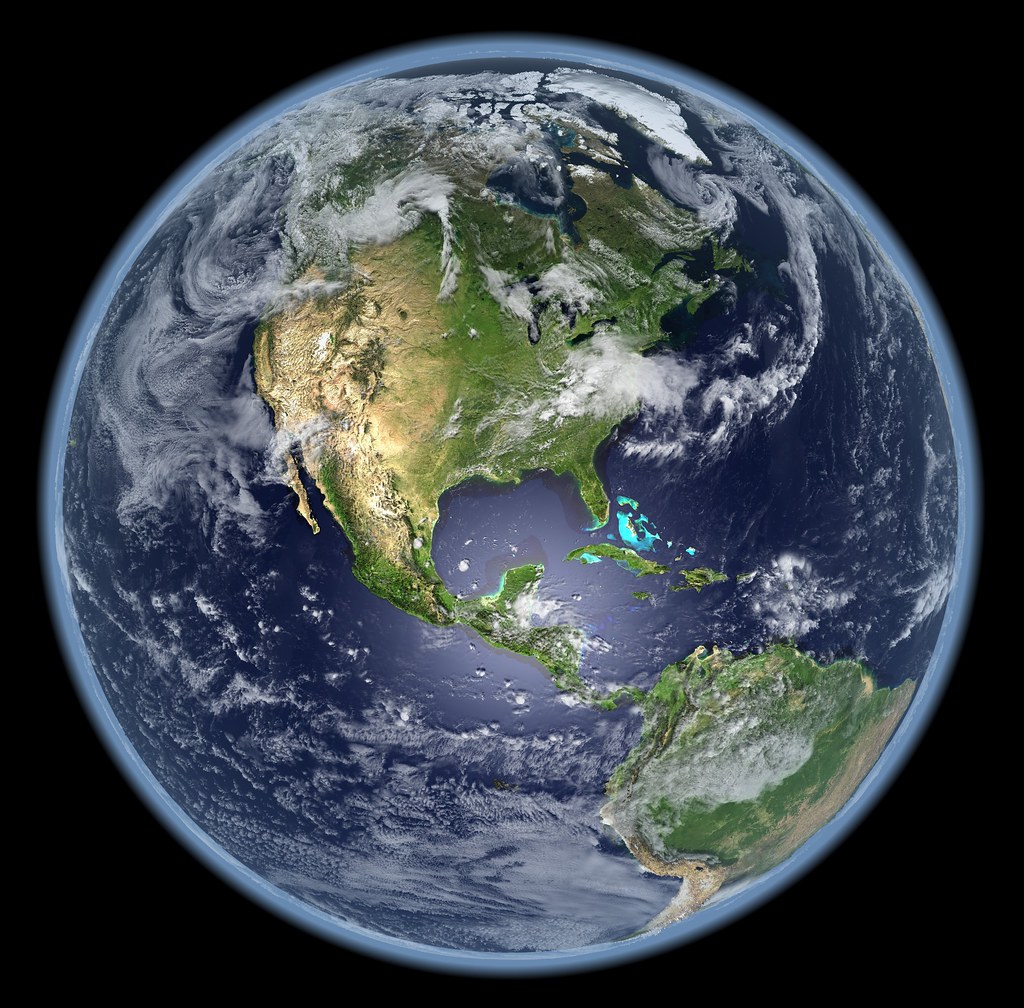
Earth is believed to be over 4.5 billion years old!
There are over 4 million species of animals living on Earth!
Earth’s core is made up of liquid metal!
There are more than 4,000 active volcanoes on our planet!
The Earth spins around its axis at 1,037 mph.
Earthquakes occur because of movements in the Earth’s crust.
Approximately 71% of the Earth’s surface is made up of water.
The Earth’s orbit around the sun is elliptical, not perfectly circular.
From its composition to its incredible diversity of life, our planet never ceases to amaze us. So, next time you look up at the night sky, remember these fascinating facts about the wonderful world we live in!
What are 10 interesting Animal Science Facts?
The animal kingdom is a fascinating topic that never fails to impress children and adults alike. Did you know that elephants can communicate with each other using low-frequency sounds that humans can’t hear? Or that some species of birds can fly without flapping their wings, using thermal currents to soar through the air?
Elephants are the largest land animals in the world.
A group of frogs is called an army!
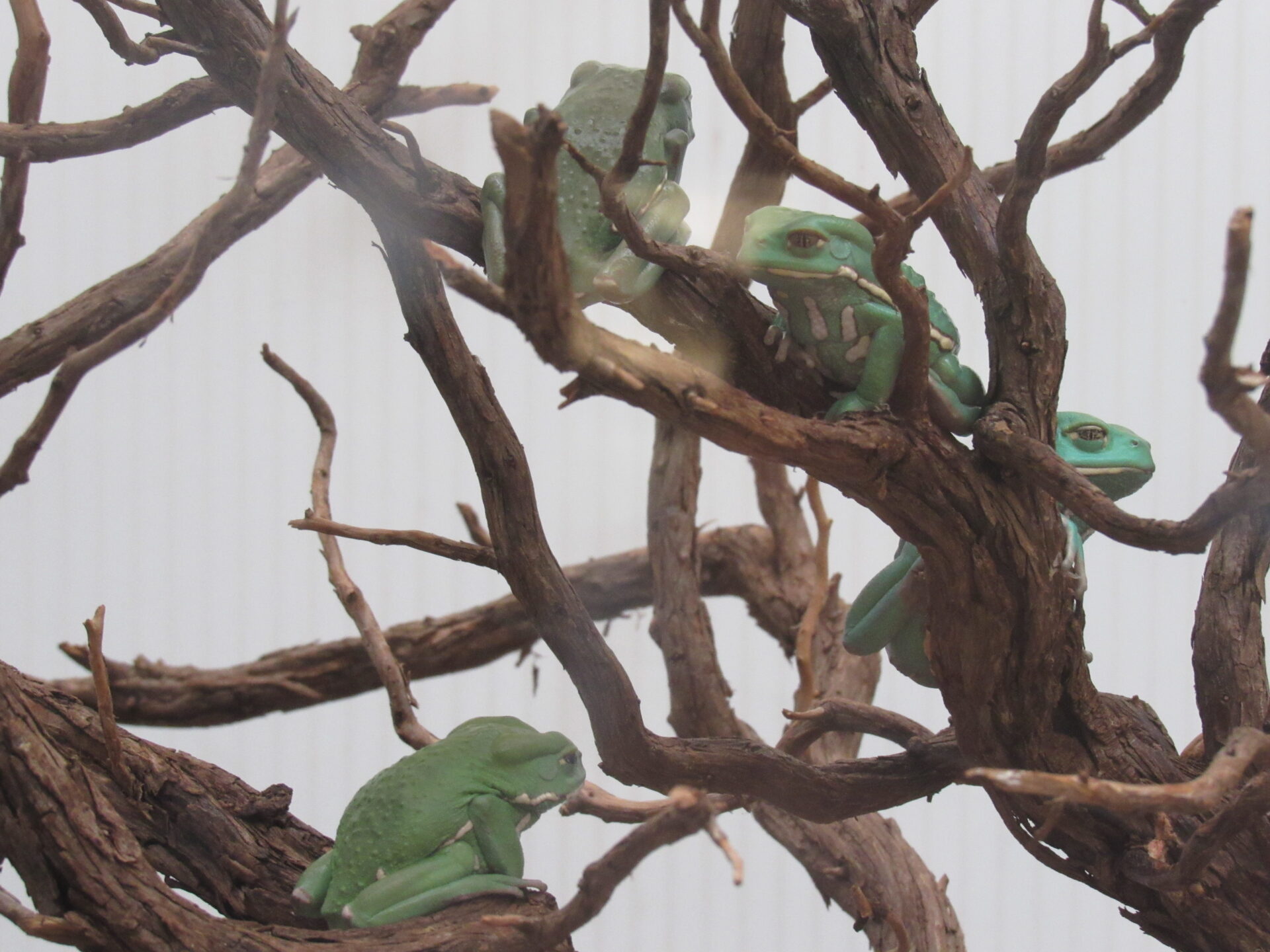
Fish can see light and dark but not colors.
Bees use their antennae to smell and taste food.
Hummingbirds can beat their wings up to 75 times per second!
There are more than 1 million species of animals on Earth!
Tigers can swim up to 6 miles without stopping!
A butterfly can taste with its feet!
A horseshoe crab has 10 eyes!
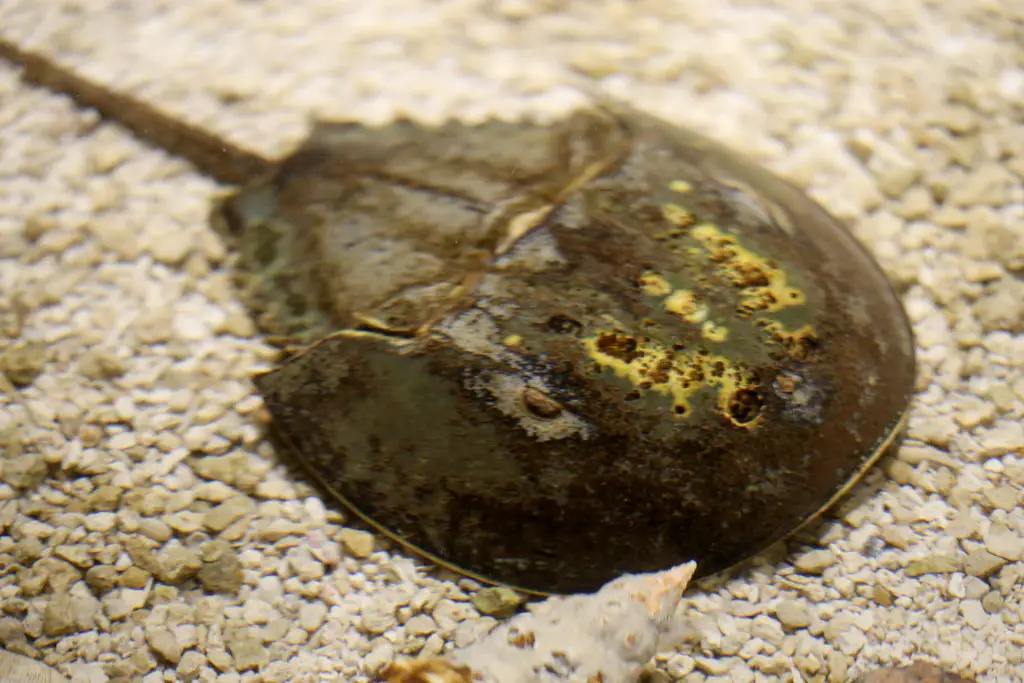
An octopus has three hearts, and squids have 10 tentacles!
The polar bear’s fur isn’t actually white; it’s transparent, and it reflects light to make it appear white. This helps the bear blend in with the snow and ice in its habitat.
Animals come in all shapes and sizes, and they have adapted to their environments in remarkable ways. Learning about the animal kingdom can teach children about biology, ecology, and the importance of protecting our planet’s biodiversity. With so many incredible creatures to discover, it’s no wonder that animals are a favorite topic for science-loving kids everywhere.
What are 10 interesting Nature Science Facts?
Did you know that a single raindrop can contain up to 100 million individual bacteria? That’s right – the sky is literally full of tiny organisms! But that’s not the only amazing fact about nature. Did you know that an adult elephant can weigh around 6 tons, or that some snakes can lay eggs without ever mating?
And if you think that’s incredible, just wait until you hear about some of the natural phenomena that occur on our planet.
Trees can help prevent erosion by absorbing water from heavy rains.
Some kinds of mushrooms can glow in the dark!
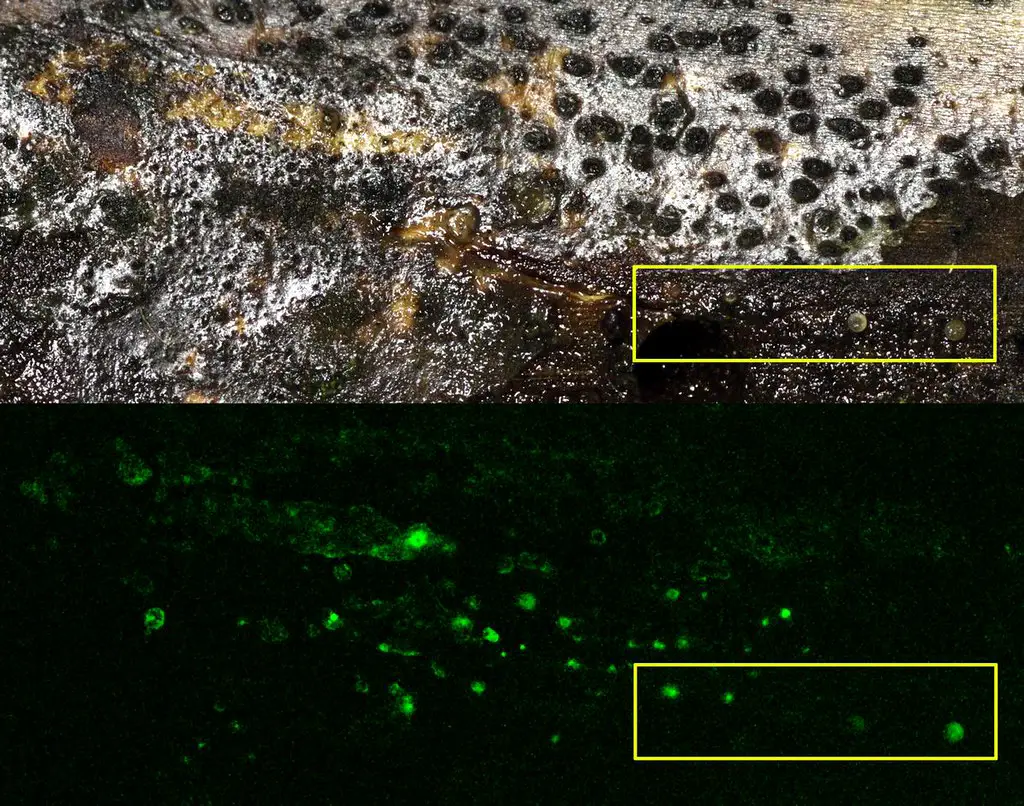
Plants rely on photosynthesis to turn sunlight into energy they can use for growth.
Rainforests produce 20% of the world’s oxygen supply.
Some birds migrate thousands of miles during the winter!

Trees absorb carbon dioxide from the air and release oxygen back into it!
Flowering plants make up about 80 percent of all plant life on Earth!
Some rainforests receive up to 400 inches of rain each year!
Cacti have special water-storing structures called “areoles!”
The desert is home to some of the oldest living organisms on Earth!
Nature is full of surprises, and learning about these weird and wonderful facts can be a really fun way to explore it. So why not put your scientific knowledge to the test and see how much you can discover? You might be amazed by what you uncover.
What are 10 interesting Food Science Facts?
Did you know that the science of food is so fascinating that it even has its own field of study? Food science explores the physical, chemical, and biological properties of food and how they affect our health. Here are some fun facts about food science you may not have known:
The average American eats over 200 eggs a year!
Bananas are actually an herb – the world’s largest one!
Apples float because 25% of their volume is air!
Chocolate comes from cocoa beans that grow on cocoa trees!
Honey never spoils – it will last forever if stored correctly!
Coffee beans are actually seeds from the fruit of the coffee plant!

It takes about 5 pounds of apples to make one gallon of apple cider!
Bananas don’t actually grow on trees – they’re actually herbs!
Chocolate is made from a bean found in pods on cocoa trees!
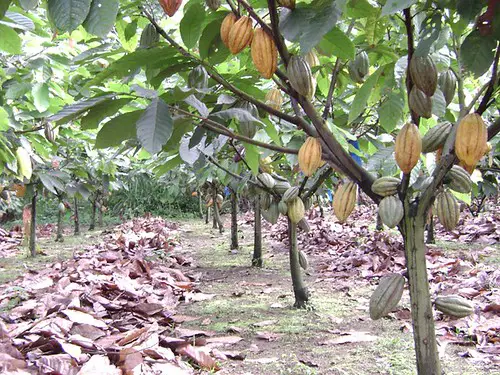
Popcorn kernels will only pop if there’s enough moisture inside them!
So next time you munch on a snack, remember that there’s much more to it than meets the eye!
What are 10 interesting Human Body Facts?
The human body is an incredibly complex and fascinating machine. Did you know that the human brain can hold up to 1 million gigabytes of information? That’s more than the storage capacity of the world’s largest computer!
Your heart beats around 100,000 times every day!
Your lungs contain around 300 million tiny air sacs called alveoli!
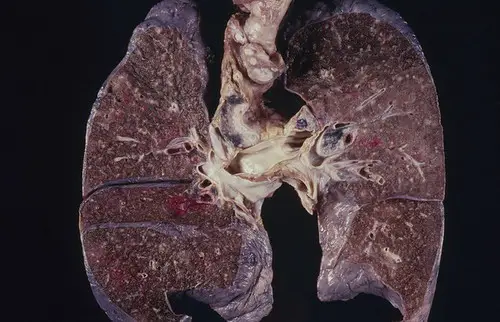
Every human body contains enough iron to make a nail 3 inches long!
Your bones are four times stronger than concrete!
Humans shed and regrow outer skin cells every 27 days!
The average human body has 206 bones!
Human hair grows at a rate of roughly 1 cm per month!
Blood cells have a life span of only 4 months before they need to be replaced!
Humans shed around 600,000 particles of skin every hour!
The human body is truly amazing, and there is so much more to learn about it. By studying the science behind our bodies, we can better understand and appreciate the incredible complexity of the human form.
What are 10 interesting Water Science Facts?
Water is an incredible resource and affects every aspect of our lives, from the food we eat to the air we breathe. Here are some fun facts about water that you may not know!
Over two-thirds of the Earth’s surface is covered in water!
About 97% of Earth’s water is in the oceans – the remaining 3% is freshwater!
One teaspoonful of seawater contains approximately 65 million individual molecules of salt!
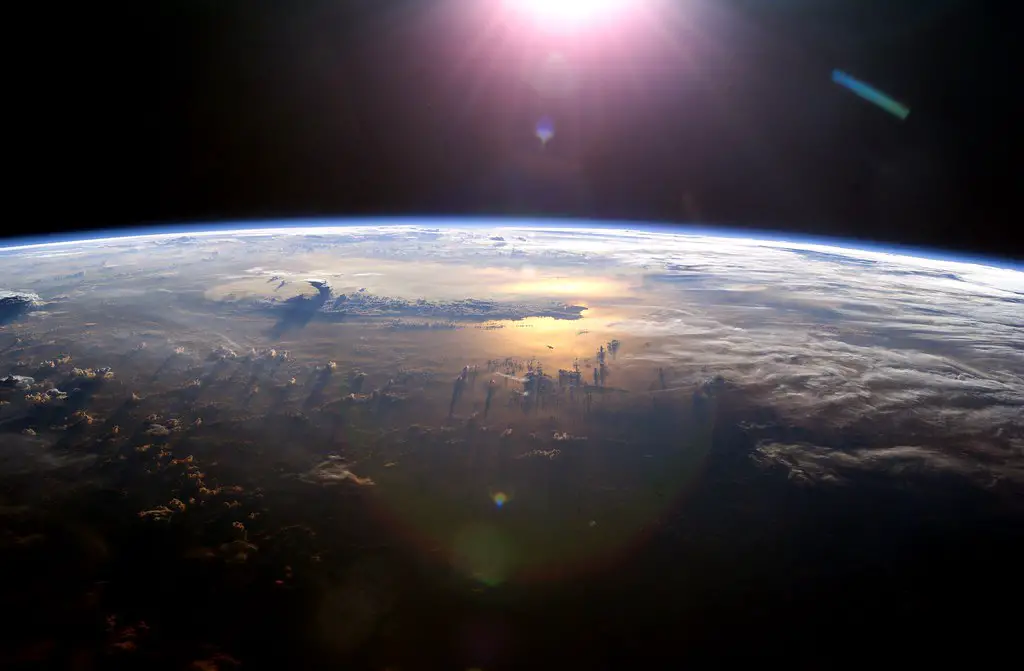
Water molecules form temporary bonds with other molecules when heated, which affects their boiling point!
Water can dissolve more substances than any other liquid on Earth!
Water makes up about 60% of your body weight!
Water expands by 9% when it freezes into ice!
75% of the Earth’s surface is covered by oceans and seas!
More people die each year from unsafe drinking water than from all forms of violence combined!
Hot water can freeze faster than cold water in some cases – this phenomenon is called the Mpemba Effect!
Water has been around for billions of years and continues to be vital to everyday life. We hope these fun facts have given you a newfound appreciation of this renewable and essential resource!
What is The Future of Science?
The future of science and technology is an exciting topic that kids will love to explore. From space exploration to virtual reality and artificial intelligence, there are so many amazing things to look forward to.
One area that is currently being researched is the development of self-driving cars. These cars use sensors and software to navigate the roads and get you to your destination safely, without the need for a human driver. This technology has the potential to revolutionize the way we travel and could even help to reduce accidents on the roads.

Another exciting area of development is in the field of medicine. Scientists are working on developing new treatments for diseases such as cancer and Alzheimer’s, using techniques like gene editing and stem cell research. These breakthroughs could help to improve the quality of life for millions of people around the world.
And let’s not forget about space exploration. With new missions to Mars and plans for commercial space travel, the possibilities for what we could discover are endless. Who knows what kind of technology we will develop as we explore the far reaches of our solar system and beyond?
The future of science and technology is full of possibilities, and it’s up to the next generation of scientists and engineers to make it all a reality. By encouraging kids to explore these topics and pursue careers in STEM fields, we can help to ensure that the future is full of even more mind-blowing discoveries.

